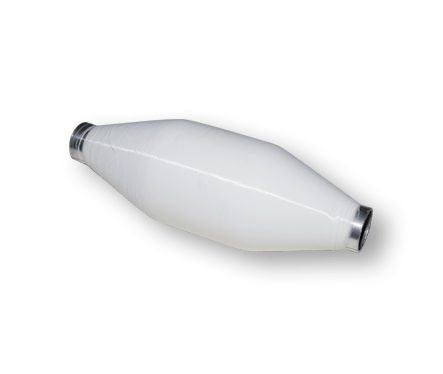Polyamide (PA, commonly known as nylon) is the first re […]
Polyamide (PA, commonly known as nylon) is the first resin developed by baiDuPont in the United States for fibers. It was industrialized in 1939. In the 1950s, it began to develop and produce injection molded products to replace metals to meet the requirements of downstream industrial products for light weight and cost reduction. The polyamide main chain contains many repeating amide groups. When used as plastic, it is called nylon. When used as synthetic fiber, it is called nylon. Polyamide can be made from diamines and dibasic acids. It can also use ω-amino acids or rings. Lactam to synthesize. According to the difference in the number of carbon atoms contained in diamines and dibasic acids or amino acids, a variety of different polyamides can be produced. At present, there are dozens of polyamide varieties, including polyamide-6, polyamide-66 and Polyamide-610 is the most widely used.
The link structure of polyamide-6, polyamide-66 and polyamide-610 are [NH(CH2)5CO], [NH(CH2)6NHCO(CH2)4CO] and [NH(CH2)6NHCO(CH2)8CO ]. Polyamide-6 and polyamide-66 are mainly used for spinning synthetic fibers, called nylon-6 and nylon-66. Nylon-610 is a thermoplastic engineering plastic with excellent mechanical properties.
PA has good comprehensive properties, including mechanical properties, heat resistance, wear resistance, chemical resistance and self-lubricity, and low coefficient of friction, has a certain flame retardancy, easy to process, suitable for use with glass fiber and Other fillers are filled and reinforced to improve performance and expand the scope of application. There are many varieties of PA, including PA6, PA66, PAll, PAl2, PA46, PA610, PA612, PAl010, and many new varieties such as semi-aromatic nylon PA6T and special nylon developed in recent years. Nylon-6 plastic products can use metal sodium, sodium hydroxide, etc. as the main catalyst, N-acetyl caprolactam as a co-catalyst, so that δ-caprolactam is directly produced in the model through anion ring-opening polymerization, called casting nylon. This method is convenient for manufacturing large plastic parts.
